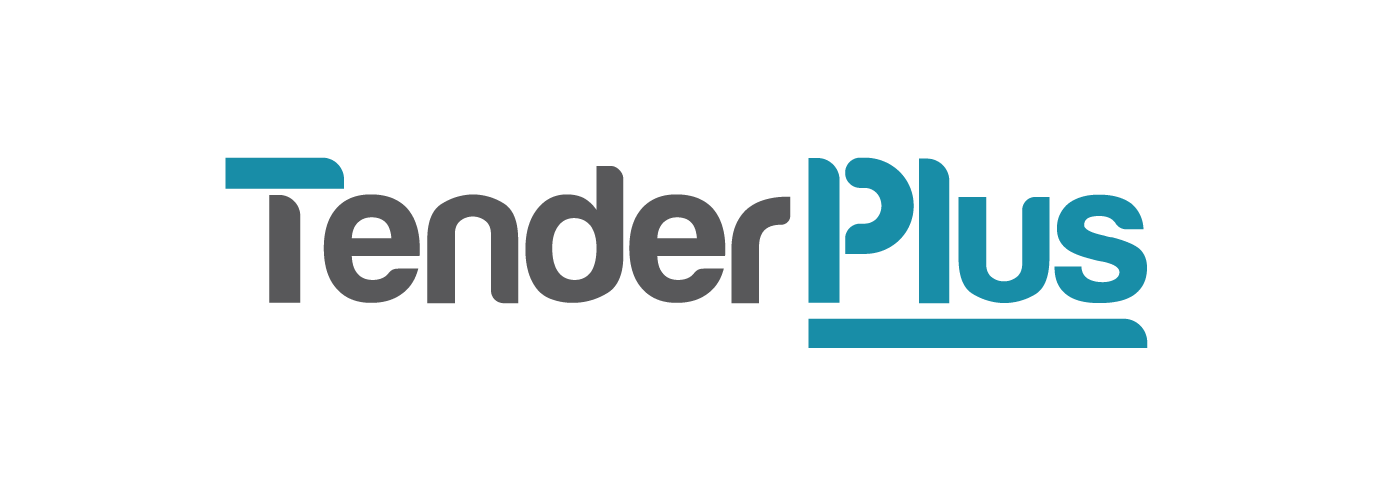When tenders end in divorce…
3 min read
I have witnessed key partners walk away from multi-million-dollar opportunities in the last two weeks of a tender, largely as a result of a poor relationship. Many tenders fail to achieve a successful outcome because partner engagement was not an integral part of the tender process.
Partners generally do not appreciate being “managed” and trying to do this from a purely mechanistic mindset is going to end in tears. If you want your tender to be a success, then you need buy-in at all levels and from all angles. Effective partner engagement delivers:
a shared vision
better informed decision making
more insightful and innovative solutions
the ability to easily identify strategies to gain a competitive edge
more effective risk identification and management
The relationship that you have with your partners will manifest itself in the words you put in the response schedules, and in any client-facing presentations made during the tender period. Demonstrating that you can work effectively as a single team to deliver a solution will provide great comfort to the client.
BUILD RELATIONSHIPS AND TRUST
Trust is the cornerstone of relationship building. It is essential for partner buy-in and engagement. Spend time with your partners to understand their organisational strengths and how they feel they could best contribute to a tender solution. Understand their concerns and risk areas - learn what makes them tick. This will help you create a strong working relationship, deliver a stronger tender response, and provide a foundation for future opportunities to work together.
HAVE A SHARED VISION
You can’t develop a winning tender solution without a clear vision. A vision needs to be developed collaboratively, communicated effectively and revisited throughout the tender process.
A shared understanding of your vision is essential if you want partner buy-in. By utilising the knowledge and capability of your partners and making them central to the process from the outset, you will ensure buy-in and engagement and keep everyone engaged and committed throughout the process.
KEEP ENGAGING
Partner engagement starts as soon as the opportunity is identified and long before the tender drops. Develop a partnering plan as part of the bid process that outlines how and when you will engage at a minimum. Mechanisms like conference calls, consortium meetings, and email updates are all good engagement tools, but it is best to seek input from your stakeholders about how they wish to be engaged.
Ongoing engagement will help manage expectations, keep everyone in the loop, create an understanding of what it required by each party and provide clear pathways for partners to reach a commercial agreement and contribute in an ongoing manner to the tender solution. Ideally, nominating a role within the tender team to take a lead on the partnership and provide clarity and consistency in communication will make engagement simpler.
Make partner engagement a priority – it sounds pretty straight forward but requires effort and resources. At the end of the day, you wouldn’t be partnering others if you had the capability and capacity to do it all yourself.
Happy bidding!
